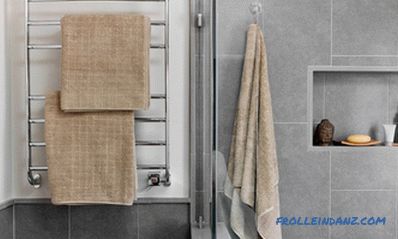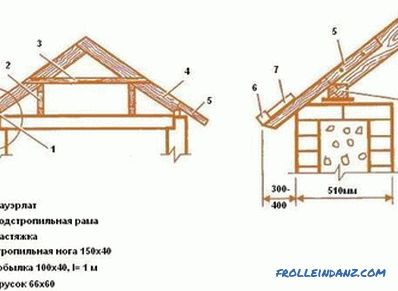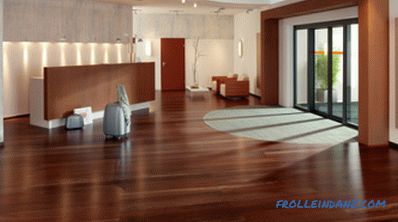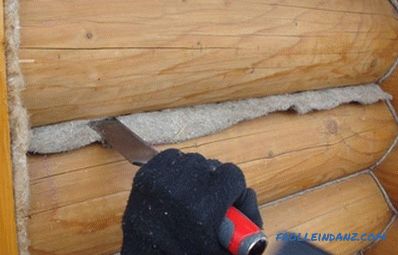When cutting wood, it is important to immediately calculate what the consumption will be, as this will affect the cost of sawn timber. The output of finished products may be different. It all depends on what quality of wood is used, whether measures for optimization of cutting are applied. There are special measures to increase the efficiency of work, to make the output better, and the quality of sawing is higher. Before cutting, you must first calculate everything. This is not as difficult as it may seem, but the consumption of roundwood will be optimal, beneficial for obtaining an excellent result.

Options for cutting roundwood.
How to increase cutting efficiency
In order for the lumber output to be significant, special measures must be taken to increase the efficiency of the process:
- Calculation should be carried out only when using special programs, manually, it will have a low performance, the percentage of marriage will be great.
- It is necessary to sort the round logs before processing is carried out correctly.
- For cutting, you need to use high quality equipment. Otherwise, the amount of waste will be large, and the quality of lumber will be low.
- It is best to first cut a wide amount of lumber, it takes longer to process a narrow one.
- Logs are not recommended to take long.
- Before work, you must configure the equipment.
The yield of finished lumber may be different. It must be remembered that at the first stage boards are obtained, then they are sorted. As a result, the percentage is further reduced, for example, for hardwood it can be as low as 10-20%.
How to optimize cutting
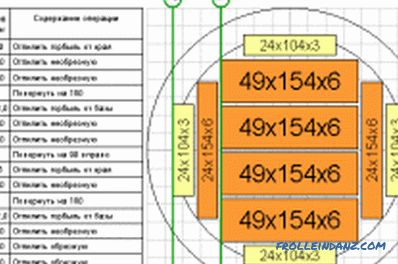
The sequence and size of the cutting of roundwood.
To make lumber output higher, the cutting process must be optimized. This applies primarily to those blanks that have a significant curvature. To cut a roundwood curve, you need to perform a number of actions:
- First, only suitable wood is selected for work. If the remaining logs have rot, sprouts, cracks on the ends, it is necessary to retract some areas.
- If a rotten core is found during work, you can gently remove it, then cut the rest. This will avoid large losses, get boards with a length of 1 m with the required quality.
- It is recommended to use logs with a larger diameter so that the yield percentage is higher. The coefficient can be 1.48-2.1, but it all depends on the diameter, quality of the round timber, sorting, equipment. For frame shops, this ratio will be 1.48-1.6, and for lines with milling equipment - 1.6 for large forest. With a round timber diameter of 12 cm, the coefficient may exceed the mark of 2.1.
The volume of waste after sawing
In order for the finished board to come out with a large percentage, it is necessary to properly prepare everything, work should be carried out only in accordance with the technology. Round wood of coniferous and hardwood gives a different output. In the latter case, the volume is smaller, even if you use special additional equipment. Needles for cutting are considered more convenient, since the trunk is straight and the log has a larger diameter. Coniferous forest is not rot-prone so much, so marriage is smaller. For hardwood, 2 cutting technologies are commonly used:

Varieties of lumber from roundwood.
- with the help of a band saw at З75, З63;
- at the collapse, when a half-bar cut through a multi-saw machine is cut in the core of the material.
The volume of the band saw is 40-50%. When using technology in the collapse of the output is another, it can be increased to 70%, but the costs of such work are higher. If roundwood is being sawn, its length is 3 m, then you can see that the scrap rate is quite large, and the remaining material requires processing. This applies to the bulk with boards 22x105 (110, 115) x 3000 mm. There are many variants of such a marriage. For example, it may be a wormhole, which is no longer suitable for most jobs.
After sorting, the volume of hardwood material, which belongs to grade 0-2, will be only 20-30% of the amount obtained after cutting. This means that of the total mass of harvested roundwood, the output of a normal board will be only 10-20%. The rest of the materials mostly go for firewood. In coniferous logs, the output will be different, but attention should be paid to what average values of the obtained volume are observed.
Lumber yield
In order for lumber output to be optimal, numerous conditions must be taken into account. To correctly calculate, you can consider an example of the output of roundwood. The data were obtained on the real experience of specialists and on indicators of sawmills.This makes it possible to compare the percentage, calculate the optimal averages.
For coniferous breeds, the following output is possible:
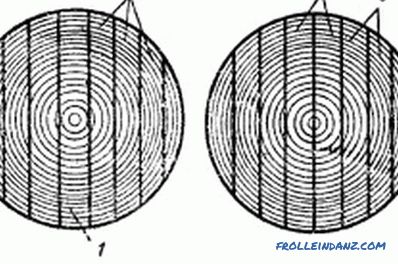
The name of the board in the sawn log.
- For unedged boards and other uncut materials, the yield will be 70% during sawing. This number of material obtained during processing, the amount of waste will be equal to 30%.
- For trimming material, when using sawmills for 63, 65, 75, there will be a smaller output of sawn timber, in total around 45%. In belt saws, the yield is usually up to 55-60% of the finished material. If you use the means to improve efficiency, you can achieve 70%, although this requires extensive experience.
- You can get lumber in the amount of 70-75% with a disc power-saw bench, although it can be quite 80-75% with the use of efficiency methods. But experience is needed.
According to GOST 8486-86, for grade 0-3, the yield percentage, not taking into account sorting, is approximately 70%.
Another 30% can be left to reject the finished material. The rejected material is not discarded, it is used for the manufacture of other types of lumber, which allow for the presence of a certain marriage.
Roundwood of hardwood has a different yield percentage:
- For uncut material - 60%.
- For edged - up to 35-40%, since the curvature of the original deciduous forest is usually large.
The output can be increased, for this purpose additional equipment is used. This may be a special multi-saw machine, a machine for trimming edges, a sub-machine. In this case, the output of lumber will increase by about 20%. The given percentage is given on the basis of data for obtaining a 0-4 grade board. When sorting grades, 0-1 percent of sawnwood production is 10%. To get a cube of finished hardwood material, you need to cut 10 cubes of the original roundwood.
The output of lumber from roundwood may be different. It all depends on the original wood species used by the sawmill. Special measures to increase efficiency allow you to get a greater percentage than is possible, but for this you should have some work experience.
Didn't find the answer in the article? More information on the topic:
-

Lumber grade characteristics
Determination of grade timber. Wood calibration. The use of materials of different grades and their differences. Determination of the nature of the moisture content of timber.
-

Design Features of Railing
Suspended The rafters are installed in buildings where a bearing wall is provided in the middle of the building. To create a reliable roof system, you need to adhere to certain parameters.
